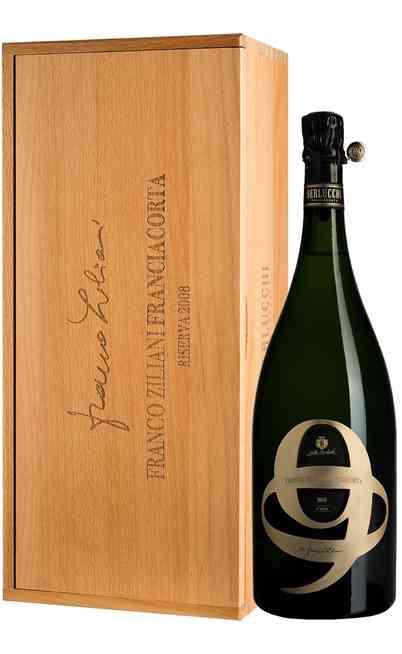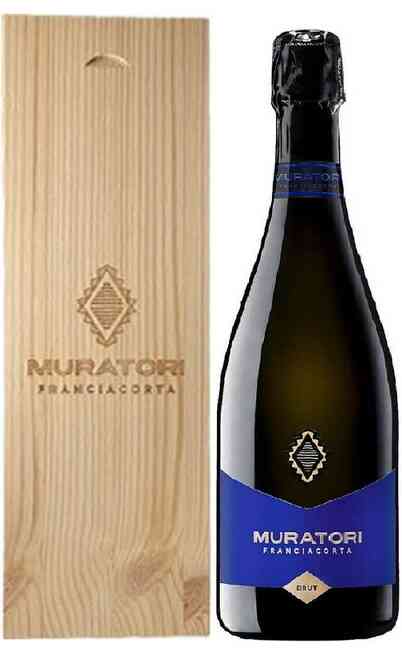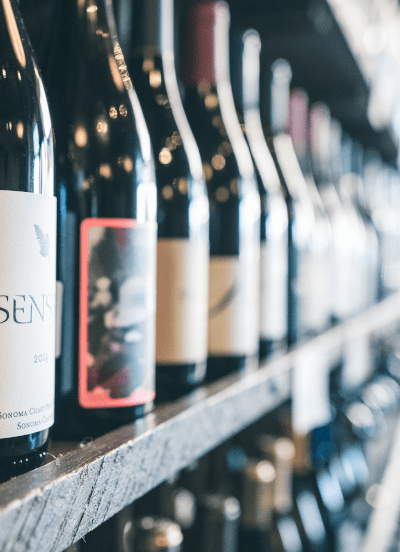Franciacorta Wines





General description of the Franciacorta docg wine and territory
The Franciacorta is a sparkling wine that contains all the local tradition of a prestigious territory full of history and attracting like few in Italy.
There are three Franciacorta versions which are: the Spumante Bianco, the Satèn and the Rosé.
The territory was originally glacial and now it has some moraine stones which is a positive aspect because the stones store the sun heat during the day and they release it during the night. In addition the gravel guarantees the drainage of the extra water which could damage the roots of the vines and so badly influence the bunches.
The name of this fantastic Sparkling wine, described as one of the best in the Italian tradition, comes from the Middle-Age word “Franche curtes” which means “Free Court” that was a land free from taxes.
Infact the Franciacorta or “Franzacurta”, how was called during the XIII century was a land of abbeys and priors so it benefited of some particular sociologic and economic privileges.
The viticulture was already practiced during the Middle-Age but it became systematic during the XIX century and historian Mr. Gabriele Rosa is a witness. Since about 40 or 50 years the wine produced used to be red and it was not good quality wine. In this period the first experiments of sparkling making wine were done by Mr. Guido Berlucchi of Borgonato which was the founder of the spumante making process that all the Franciacorta still follows. Still today the wine production of this region is always qualitatively improving.
The Franciacorta sparkling wine after qualitative improving processes obtained in 1968 the important acknowledgement of the DOC certification which certify the controlled origin and in 1995 it is honored by the DOCG certification which guarantees the denomination.
The DOCG technical policies of production of the Franciacorta sparkling wine provides three versions: the spumante bianco (white sparkling wine), the rosé and the satèn. The unique version of Franciacorta in its own variety is the Satèn. In origins, when this particular wine had not the DOCG certification yet
it was defined “cremànt”, creamy for a lower production of CO2.
The Satèn that has a lower pungent perception, gives a more soft, silky and complete sensation.
Territory of production of the Franciacorta Docg
The territory production of this wine is located in Lombardia, more precisely in the Brescia province and it includes the towns of Paratico, Capriolo, Adro, Erbusco, Corte Franca, Iseo, Ome, Monticelli Brusati, Rodengo-Saiano, Paderno Franciacorta, Passirano, Provaglio d'Iseo, Cellatica, Gussago and part of the towns of Cologne, Coccaglio, Rovato and Cazzago San Martino. This territory is surrounded by the Iseo lake in the north, the rivers Oglio and Mella respectively on the west and on the east side and finally by the hill near Rovato in the South.
The production grapes of the Francicorta
The vines includes in this marvelous sparkling wine production are: the Pinot bianco, the Chardonnay and the Pinot nero.
The Pinot bianco (white pinot) originally coming from France belongs to the Pinot family and it is nearly the 5% of the total surface of the territory production of the Franciacorta DOCG.
The Pinot Bianco vine has a good forcefulness, the leaf has a bright green color and the bunch has a more gold color and it is more compact compared to the Chardonnay one. The Pinot bianco has never a single variety winemaking nor in the Franciacorta than in the “Cortefranca Bianco” and it used as maximum for a 50%. The wine has a rich and elegant body, a good stable acidity and its scent reminds the bread crust just baked. Thanks to its evolution and persistence it can express some intense almond aromas.
The Chardonnay is a prestigious white grape variety and it is cultivated since long time in Franciacorta even if it is very hard knowing exactly when it firstly come.
Probably some producers have started cultivating it since the 50’s by appreciating its qualitative aspect. Around 1950 this variety started spread in Franciacorta, mixed unconsciously with the Pinot bianco.
This fact helped to confuse this two cultivations because no one was focused on compared the two varieties. By the way, when the nurserymen started preparing the new little vines, gave their preferences to the best quality trees as for example those which had a regular productivity, a best conformation of the bunch, an elevate sugar degree and a golden color of the grapes: these are all the characteristics of the Chardonnay.
Only in 1963 there was a clear difference between the two varieties when at the agricultural institute of San Michele all’Adige a Chardonnay single variety vine was directly imported from France.
At this point the differences of the two varieties were definitely clarify and it was underlined the superior quality aspect of the Chardonnay which comes from its setting in Franciacorta which is a territory very similar to the original one.
In 1978 the Chardonnay was enrolled in the national variety catalog and in 1989 it became an authorized and recommended vine of Brescia.
Now a day, the Chardonnay consists in 2000 hectares of the Franciacorta territory enrolled in the Franciacorta bulletin board which corresponds of about 80% of the total surface. The Chardonnay tree is characterized for its medium strength, it has clear green leafs, the characteristic green almost yellow color of the bunch, medium compact with a strong and thick peel of the grape.
The Pinot Nero (black Pinot) is the second quantity vine in Franciacorta and it is almost the 15% of the total surface assigned to the Sparkling wine DOCG production. This wine which comes from the Borgogna has a particularly state of adaptation which makes it unpredictable but it can gives great results both produced in red than with a sparkling process.
The Pinot Nero tree is quite strong and rustic with normally lobed or pentalobite leafs, with a dark green color, with a cone shape bunch, very compact and little. The Pinot nero is used mostly in the Millesimato and in the Riserve of the Franciacorta DOCG to which gives structure and longevity. This is a very important aspect in the production of the cuvée of the Franciacorta Rosé in which is present for a 25%.
Analysis of the Franciacorta Docg wine
The Franciacorta DOCG can have different characteristics depending on the vines it is produced with. To extend these possibilities there is also the technical policies of production that allows this wine to be made with different vines. Normally this sparkling wine has a clear and bright straw yellow color with shining glams mostly green. It has a light and persistent perlage, the foam is rich, consistent and fine at the same time.
The scent is fruity with some light wood berries flavor and sometimes also with a green and sour apple flavor.
The taste is dry as for all the spumante with some fruit sensations and in some variety there is a light almond aftertaste.
Service temperature and wine glass suggested
The Franciacorta DOCG has to be served at 6°C that can increase until 8°C for the Rosé version. It has to be served very cold in high and tapered flute glasses.
Suggested matches for the Franciacorta Docg
Every variety has its match: the white variety (varietà bianca) millesimato or not, is perfect to be drunk with appetizers , for fish starters, for delicate dishes and for second courses based on vegetables and fish.
The Franciacorta rosé is generally more rich than the white one and it is ideal for sapid fish, vegetables and light white meats.
Then the Satèn are perfect for fish salads, fish carpaccio and raw or fume spicy sea fruits.
Surf on our online wine shop Uritalianwines and you will find out several typologies of Franciacorta which are different from prices, cellars and the typologies.